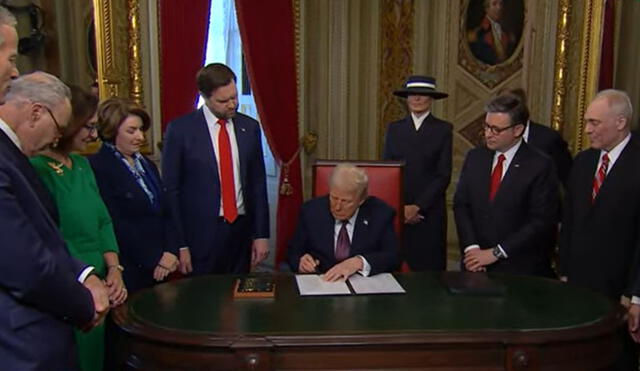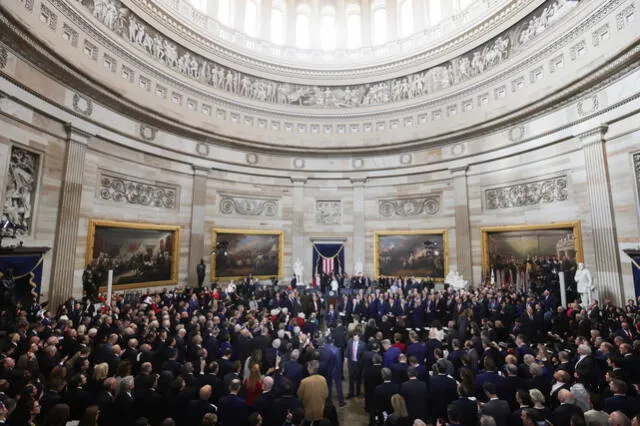Donald Trump promises to change the name of the Gulf of Mexico for Gulf of America: “Very soon”
President Donald Trump has announced plans to rename the Gulf of Mexico as the Gulf of America, aligning with his "America First" agenda. Learn what this means for the U.S. and its international relations.

During his inauguration as the 47th President of the United States, Donald Trump announced a bold initiative to rename the Gulf of Mexico to the "Gulf of America." This declaration, made on January 20, 2025, aligns with his "America First" agenda and symbolizes a push for increased U.S. sovereignty and influence. Trump emphasized that the name change would happen "very soon," signaling the start of an ambitious and controversial plan during his second term.
While the announcement has been met with mixed reactions, it reflects Trump’s broader efforts to reassert American dominance both domestically and on the global stage. This renaming initiative joins a list of sweeping executive actions designed to solidify his vision for the country.
Donald Trump wants to rename the Gulf of Mexico and Alaska's Mount
President Trump’s proposal to rename the Gulf of Mexico aims to reinforce a sense of national pride and prioritize American interests in the region. The change would primarily affect official U.S. documents, maps, and federal communications. However, achieving international recognition for the new name presents significant challenges, as geographic naming conventions often require multilateral agreements and diplomatic consensus.
The U.S. Board on Geographic Names, responsible for standardizing domestic place names, would need to approve the change for it to take effect within the United States. However, global adoption of the name "Gulf of America" remains uncertain, as it would require cooperation from neighboring countries like Mexico and global organizations.
The renaming of the Gulf of Mexico is part of Trump’s broader initiative to "revitalize American civilization." This vision includes other symbolic actions, such as reverting Alaska's Mount Denali to its former name, Mount McKinley. These moves are part of a sweeping agenda, with Trump planning to sign nearly 200 executive orders within the first days of his presidency.
Trump’s address highlighted his commitment to reversing policies of previous administrations and implementing bold changes aimed at asserting American dominance. His stance reflects a deeply nationalistic approach that seeks to reshape the country’s identity on the domestic and international stage.

Donald Trump, sworn in as President of the US in the Capitol due to bad weather in Washington. Photo: ABC News.
Mixed reactions domestically and internationally
The proposal has sparked a wide range of reactions. Supporters view the renaming as a patriotic move that underscores American sovereignty and pride. Trump’s base has hailed it as a symbolic act of reclaiming U.S. influence in a strategically significant region.
Conversely, critics argue that the name change could strain diplomatic relations, particularly with Mexico. Mexican officials have expressed concerns about the potential erasure of cultural and historical ties associated with the Gulf of Mexico. Environmental groups and scholars have also highlighted the impracticality of the proposal, emphasizing the region's shared resources and ecosystems.
